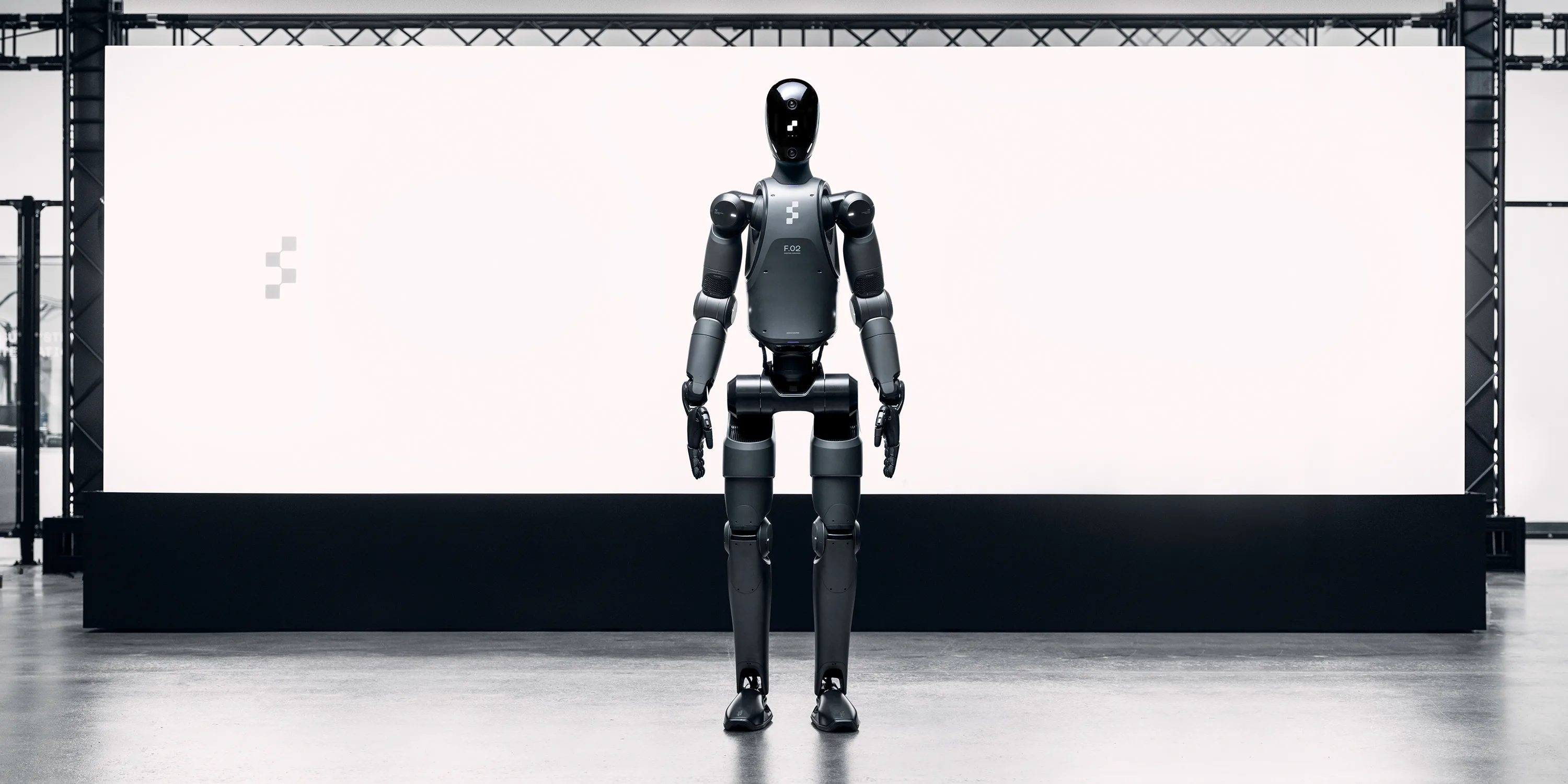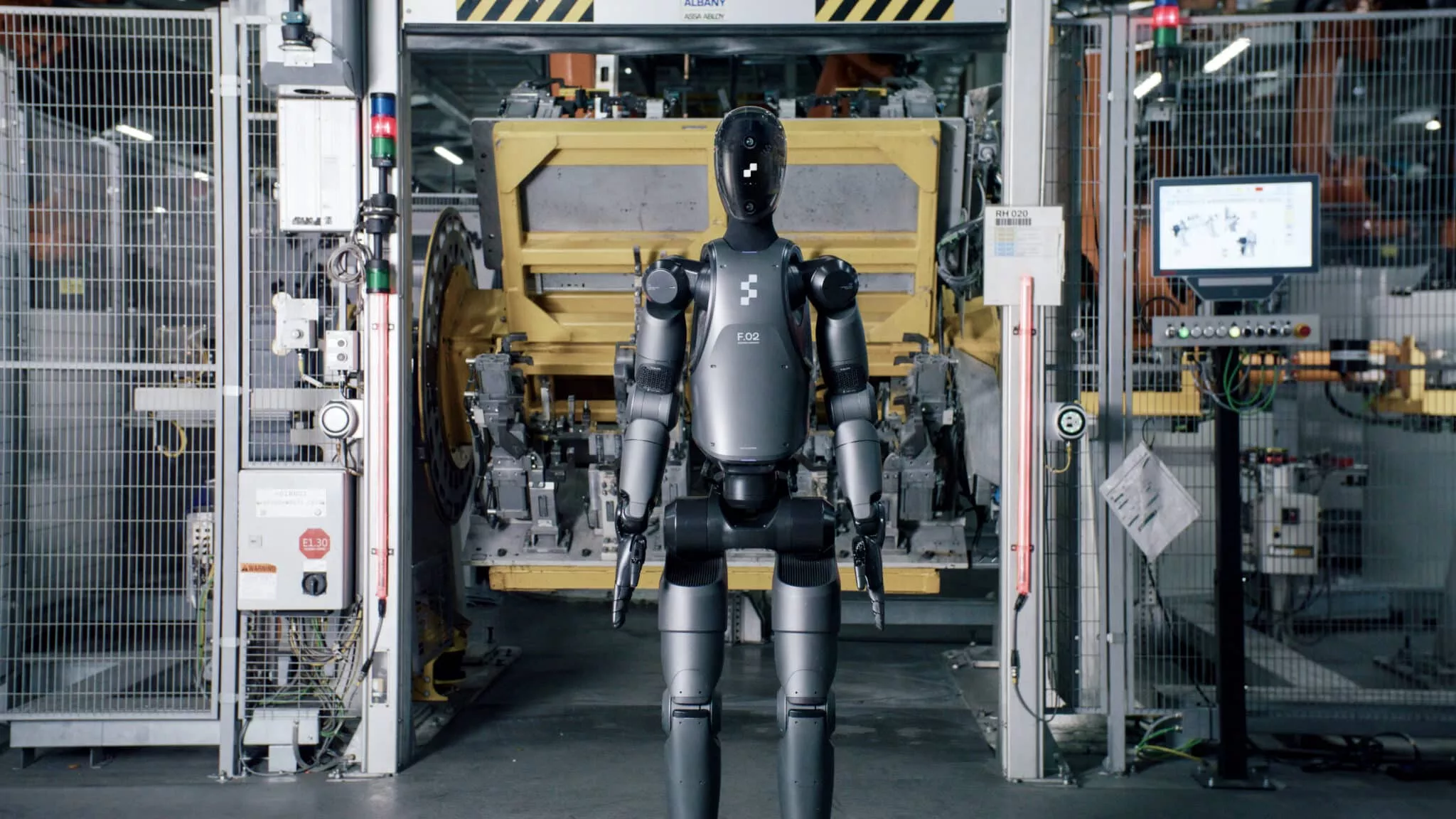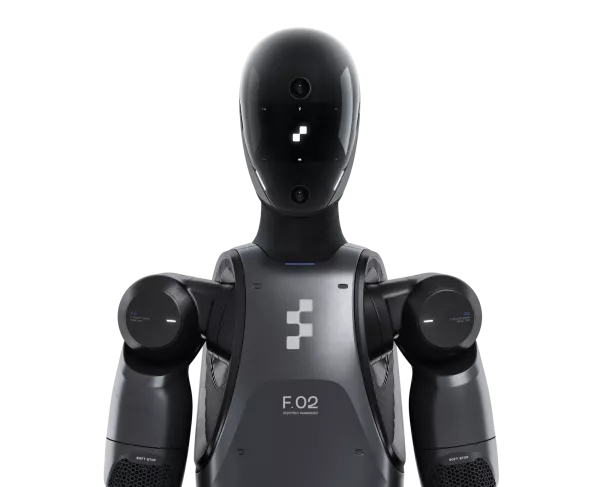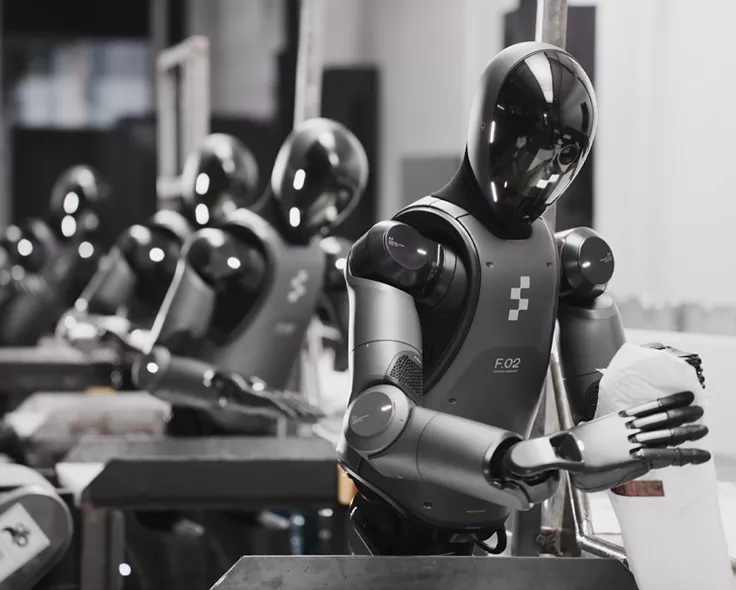Figure 02 Humanoid Robot: Product Overview
Technical Specifications
| Specification | Value |
|---|---|
| Model | Figure 02 |
| Height | 5'6" (1.68 meters) |
| Weight | 70 kg |
| Payload | 20 kg |
| Speed | 1.2 M/S |
| Runtime | 5 hours |
| System | Electric |
| Sensors | Cameras, microphones, force sensors, depth sensors, LiDAR (Information Awaiting Confirmation) |
| Compute | High-performance onboard computer (Details Awaiting Confirmation) |
| Software | AI-powered control system, vision algorithms, motion planning (Details Awaiting Confirmation) |
| Actuators | Electric actuators (Details Awaiting Confirmation) |
Key Features & Benefits
- Human-like Dexterity: Designed with human-like hands and limbs for seamless interaction with existing infrastructure and tools.
- Autonomous Operation: AI-powered system enables the robot to perform tasks with minimal human intervention.
- Versatile Applications: Suitable for a wide range of industries, including manufacturing, logistics, warehousing, and retail.
- Electric System: Clean and efficient operation with a 5-hour runtime.
- Vision SLAM: Advanced Visual SLAM algorithm for autonomous navigation in complex environments.
- Force Feedback: Integrated force feedback sensors for precise and delicate manipulation of objects.
- Imitation Learning: Learns new skills by observing human demonstrations, reducing programming time and increasing adaptability.
- Safe Human-Robot Collaboration: Designed for safe and collaborative work alongside humans in industrial settings.
Target Applications
Figure 02 is designed to address critical labor shortages and perform tasks that are unsafe or undesirable for humans. It is particularly suited for industries that require repetitive, physically demanding, or hazardous work.
- Manufacturing: Assembly line work, machine tending, material handling, quality control.
- Logistics and Warehousing: Unloading containers, sorting packages, inventory management, order fulfillment.
- Retail: Restocking shelves, handling products, assisting customers.
- Hazardous Environments: Handling hazardous materials, working in extreme temperatures, disaster response.
Use Cases & Scenarios
- Automated Assembly Line: Figure 02 autonomously performs assembly tasks on a manufacturing line, increasing efficiency and reducing human error.
- Warehouse Order Fulfillment: Figure 02 navigates a warehouse, picks and packs items, and prepares orders for shipment, improving order fulfillment speed.
- Retail Shelf Restocking: Figure 02 scans shelves, identifies missing items, and restocks shelves with new products, ensuring optimal shelf presentation.
- Hazardous Material Handling: Figure 02 safely handles hazardous materials in a laboratory setting, protecting human workers from potential harm.
Unique Selling Points
- Human-Centric Design: Designed to seamlessly integrate into existing human-designed environments and workflows.
- AI-Powered Autonomy: Advanced AI algorithms enable the robot to adapt to changing conditions and perform complex tasks without human intervention.
- Commercially Viable: Designed for mass production and affordability, making it a practical solution for businesses of all sizes.
- General Purpose Platform: Adaptable to a wide range of tasks and industries through software updates and hardware modifications.
- Learning Capabilities: Imitation learning allows rapid deployment and task adaptation.
Industries Utilized
- Manufacturing
- Logistics
- Warehousing
- Retail
- Construction (Future)
- Healthcare (Future)
Competitive Advantages
- Human-Like Dexterity: Exceeds traditional robots in tasks requiring fine motor skills and adaptability.
- AI-Driven Intelligence: Enables more complex task execution and adaptability compared to pre-programmed robots.
- Electric System: Offers a cleaner and more sustainable alternative to hydraulic or pneumatic systems.
- Scalability and Affordability: Designed for mass production, making it a cost-effective solution for businesses.
- Adaptability: Imitation learning allows rapid deployment and task adaptation compared to traditional robot.
More Information
Figure 02 combines cutting-edge AI algorithms with advanced robotics hardware to create a truly versatile and capable humanoid robot. The robot's design is based on a deep understanding of human biomechanics and ergonomics, ensuring that it can perform tasks in a natural and efficient manner. Figure AI's data engine continuously collects and analyzes data from its fleet of robots, allowing the company to refine its AI algorithms and improve robot performance over time. The robot is using advanced Vision SLAM algorithm to navigate complex environments and built-in force feedback sensors to accurately perform operations.
Other Robots of Figure AI
- (Information Awaiting - Currently, Figure AI primarily focuses on the Figure 02 platform)
Pricing and Availability
- Pricing: No sales information available. (Information Awaiting - Figure 02 is currently in the testing and development phase.)
- Brochure: (Information Awaiting - Check the Figure AI website for updates.)
- Demo Request: (Information Awaiting - Check the Figure AI website for updates.)
- Technical Whitepaper: (Information Awaiting - Check the Figure AI website for updates.)
Competitor Products
- Boston Dynamics Atlas: Known for its dynamic movements and acrobatic abilities, but primarily focused on research and development.
- Agility Robotics Digit: Designed for logistics and warehouse applications, but less focus on human-like dexterity and versatility.
- UBTECH Robotics Walker S: Designed for sophisticated manufacturing environments, but less focus on human-like collaboration.




